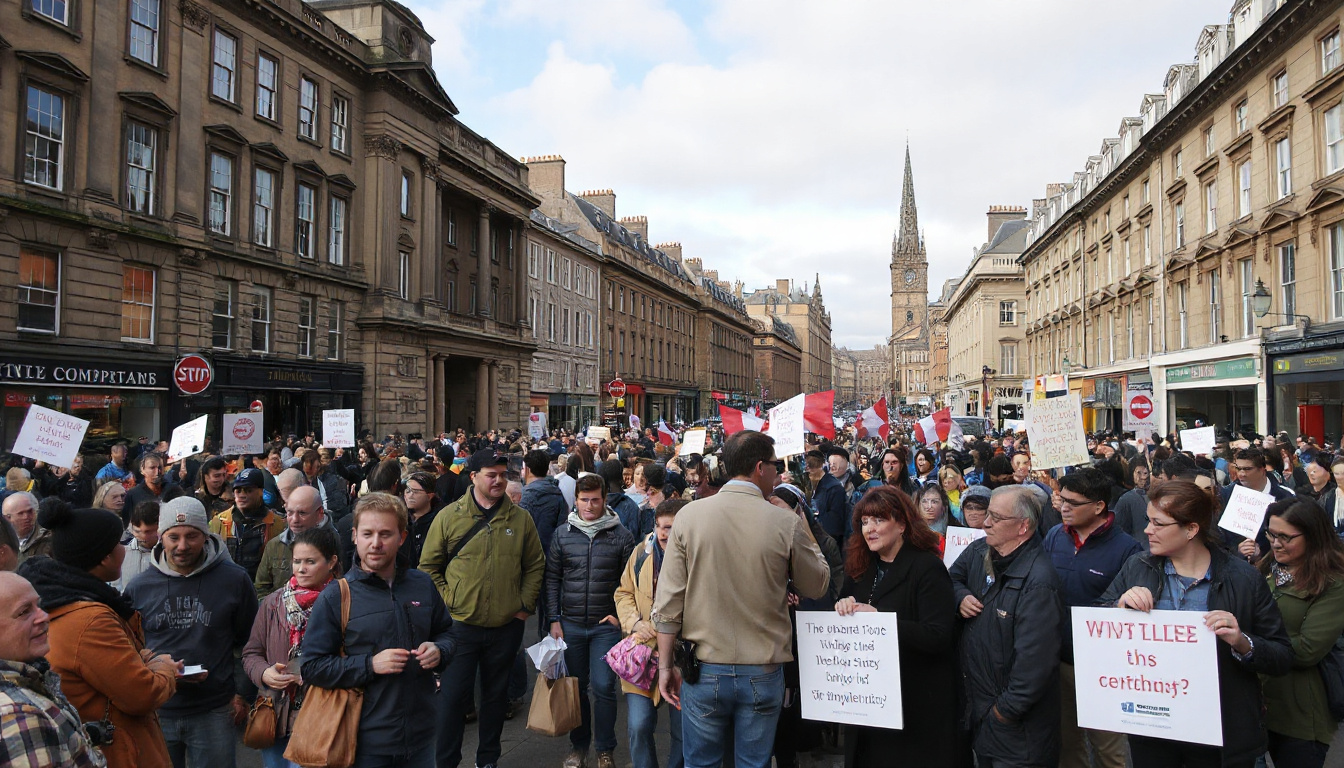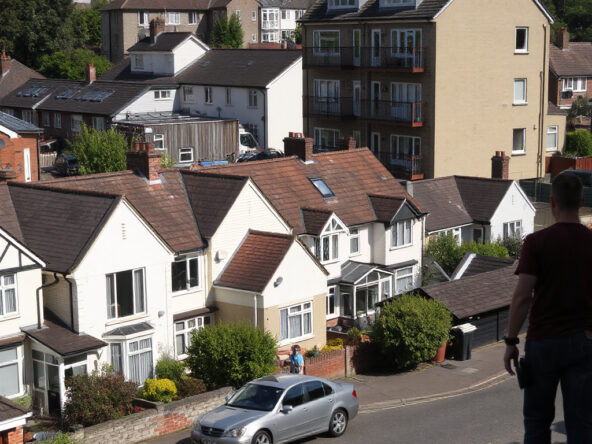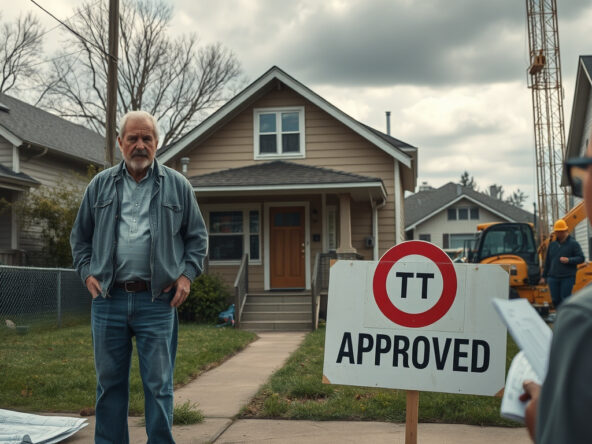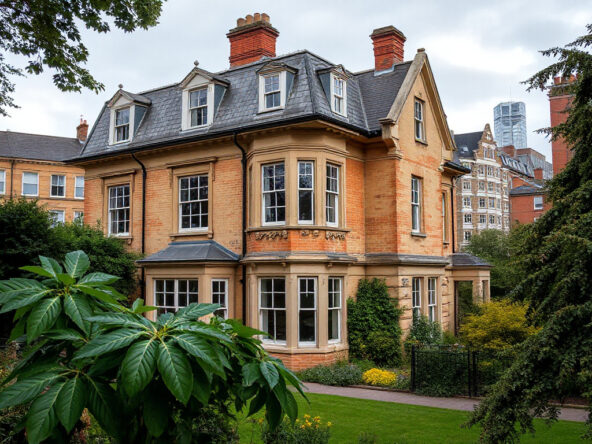Edinburgh Council’s Plan to Address Homeless Accommodation Licensing Issues
Edinburgh City Council sets a plan. The plan links the need for proper housing with the safety of homeless people. The council acts on the growing demand for temporary shelter and the risk from unlicensed properties. This plan makes rules clear, links housing law with the support for people in need, and cuts risks that harm both landlords and residents.
Background on Temporary Accommodation
The Covid-19 pandemic spurred a big need for temporary rooms. The council used hotels and bed and breakfasts to save many homeless lives. Many of these buildings lack the right House in Multiple Occupation (HMO) license. Nearly 650 homeless people depend on these unlicensed rooms. City officials promise to move these people to licensed spaces before November ends.
The Proposed Solution
The council nears a strict licensing deadline. Its plan finds that nearly 10% of homeless people in unlicensed rooms might leave the city for a short time. Around 70 homes in nearby areas, all within 50 miles of Edinburgh, join the plan. City staff work hard to keep more people inside Edinburgh. Any move outside happens only for a short period. The goal stays to use homes in the city and to add more licensed houses for those who need them.
Addressing Licensing and Compliance
Unlicensed rooms cause legal risk for the council. The council had set up emergency housing during the early days of the pandemic. Rules then were less clear. Now, operating unlicensed homes runs the risk of legal problems. City staff plan to stop funding unlicensed rooms soon. Many landlords did not register their homes for an HMO license. The council insists that homes for homeless people obey the law and that the council follows rules too.
Future Developments in Housing Solutions
The council stops new social housing requests and pauses non-essential repairs. It gives all attention to fixing vacant council homes. Seventy-four homes are already back in use, and officials see 120 more that might join soon if HMO licenses come through. City staff explore new ways to build a solid housing plan. Some parts of this work are kept secret for safety.
Conclusion
Edinburgh deals with homelessness by linking safe housing to legal rules. The council sets clear steps to fix current gaps in temporary housing. It works to move residents into licensed homes and to stop risky practices with unlicensed rooms. City officials also work on improving council homes and finding new spaces. The plan shapes a future where every step links closely with the law and the care of people in need.



